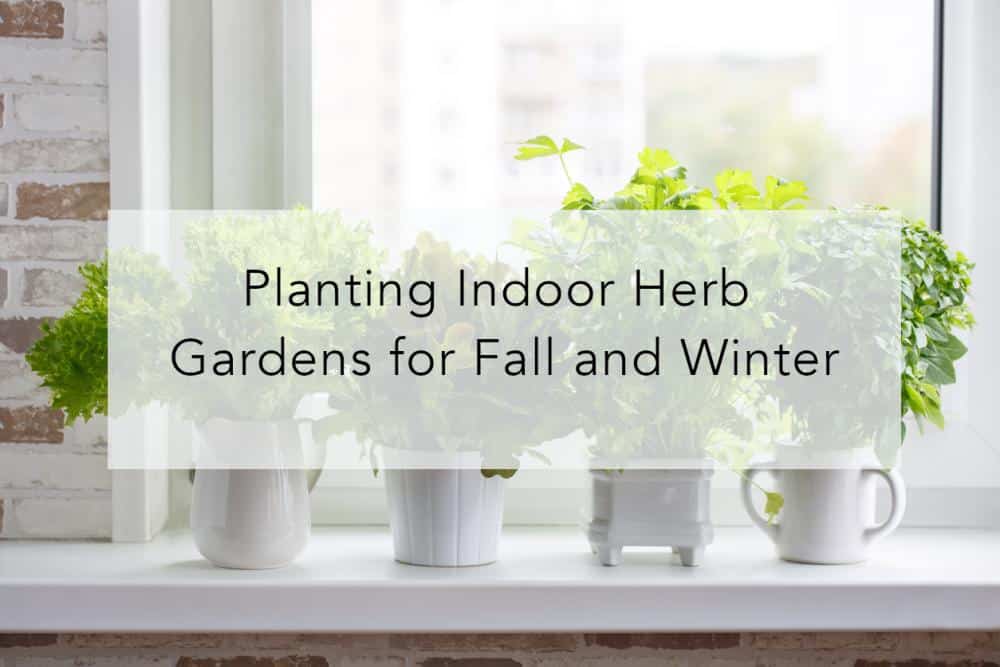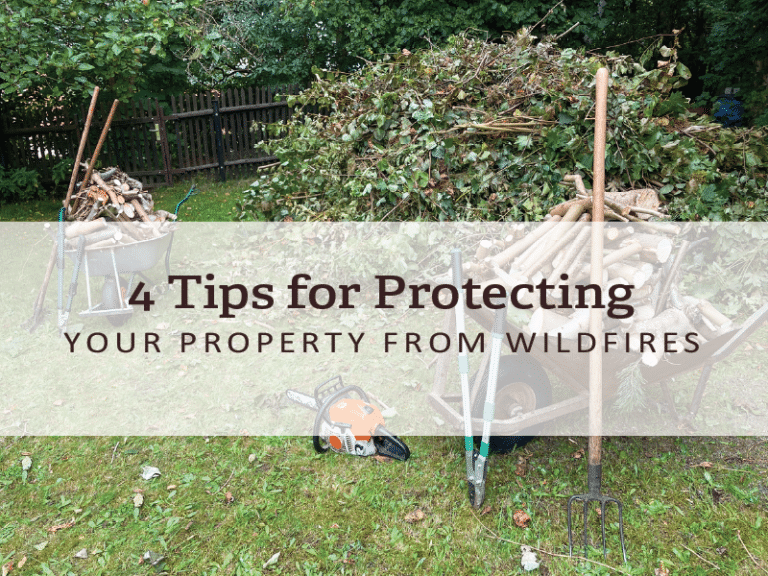Planting Indoor Herb Gardens for Fall and Winter
One of the greatest joys of homeownership is the feeling of putting your hands in the dirt – your very own soil – and growing something there. The feeling of your own little harvest can bring out a sense of pride you didn’t even know you had. One of the easiest types of gardens to begin your farming career with is an herb garden. Imagine seasoning your home-cooked dishes with fresh seasonings you cultivated right in your own backyard.
But what about those months when it’s just too cold outside to keep your spring and summer herbs growing? Believe it or not, you could enjoy those same fresh herbs all year long with an indoor herb garden. Ready to get started?
How to Get Started
- Find a place
As with outside, herbs love sunlight, so make sure you find an area in your kitchen or sunroom that receives 4-6 hours of sun each day. You also want to make sure your pots drain water well instead of puddling (which can cause the roots to rot quickly) and are free of competing plants that might steal nutrients.
- Get planting!
Most herbs can be planted any time during the spring or summer, but they prefer warmer weather to begin. Begin by digging holes for them in the dirt that are about as deep as they were in their original containers. Water frequently and don’t let them dry out.
- Check your crops
Herbs should be harvested frequently, but never more than one-third of the whole plant. Get out your garden shears and clip in the morning to see a fuller plant grow back.
What Kinds of Herbs Are Best to Grow?
- Basil – A delicious additive to salads, sauces, and pasta. Prefers warmer climates.
- Chives – An onion-like spice that is great in soups, garnishes, and salads. Low maintenance and easy to care for.
- Mint – Sweet and refreshing, mint makes delicious sauces and teas. Grows well in fertile, moist soil, with plenty of sun.
- Dill – An excellent spice for chicken, seafood, or potatoes. This herb enjoys warmth and moisture, but also a little shade.
- Parsley – Usually decorative, but often added to sauces and stews. Parsley loves sunlight, so it will need frequent water checks.
- Rosemary – Although this herb also makes a beautiful decorative plant, the pungency of it also is great in stuffing. Rosemary loves the sun and does not require much water to be hardy.
Things to Remember
- If your potting soil isn’t fertile or doesn’t drain well, you may need to change up the containers you use.
- Be careful not to overfeed your herbs or add too much (if any) fertilizer. It can alter the taste of the herb.
- If warmth or sunlight are difficult to access, reflective materials can be used to better the situation. Mirrors surrounding your potted plants can add warmth to the soil.
Now that you have the perfect indoor herb garden plan in your mind, you’re ready to get started. Looking for just the right place to plant that garden outdoors when spring arrives? Maybe it’s time to take a look at the delightful land in Georgia that Hurdle has available for sale.






